Sustainability
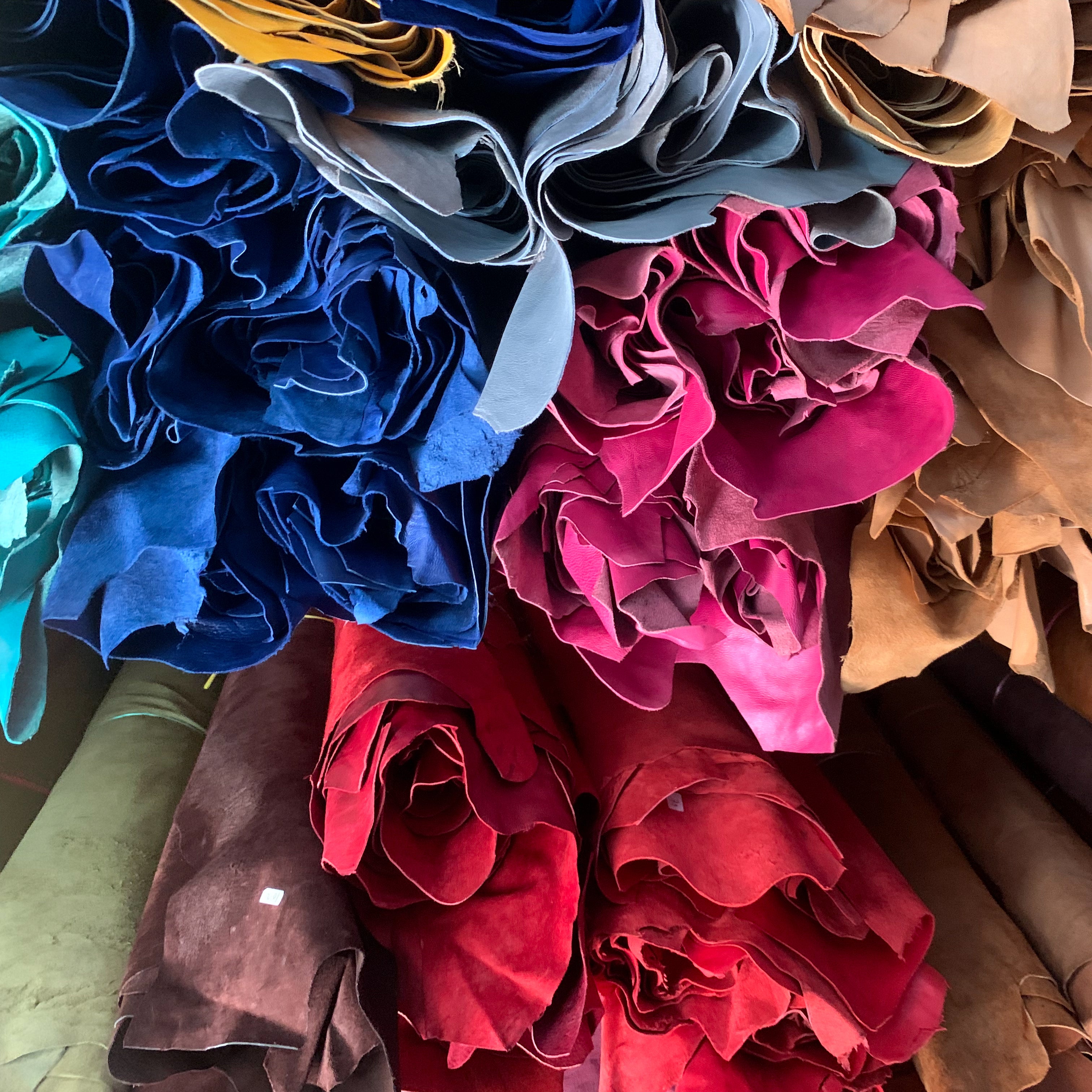
Leather Facts
Genuine leather transports moisture and regulates body temperature, making it comfortable to wear.
The hides and skins of cattle, sheep, goats and pigs are a by-product of the food industry, which if not used will be sent to landfills.
Leather is rich in carbon, nitrogen, and oxygen; three elements that bacteria and fungi like to eat. During the end-of-life phase it degrades through chemical and biological means. In a normal landfill it will usually biodegrade between 10 and 50 years. This sounds a lot, but is much faster for example than synthetic materials, which will take between 100 and 500 years (polyethylene) or more (PVC and polypropylene).
Unlike plastic, leather is harmless in the oceans and there is no danger of the formation of microplastics.
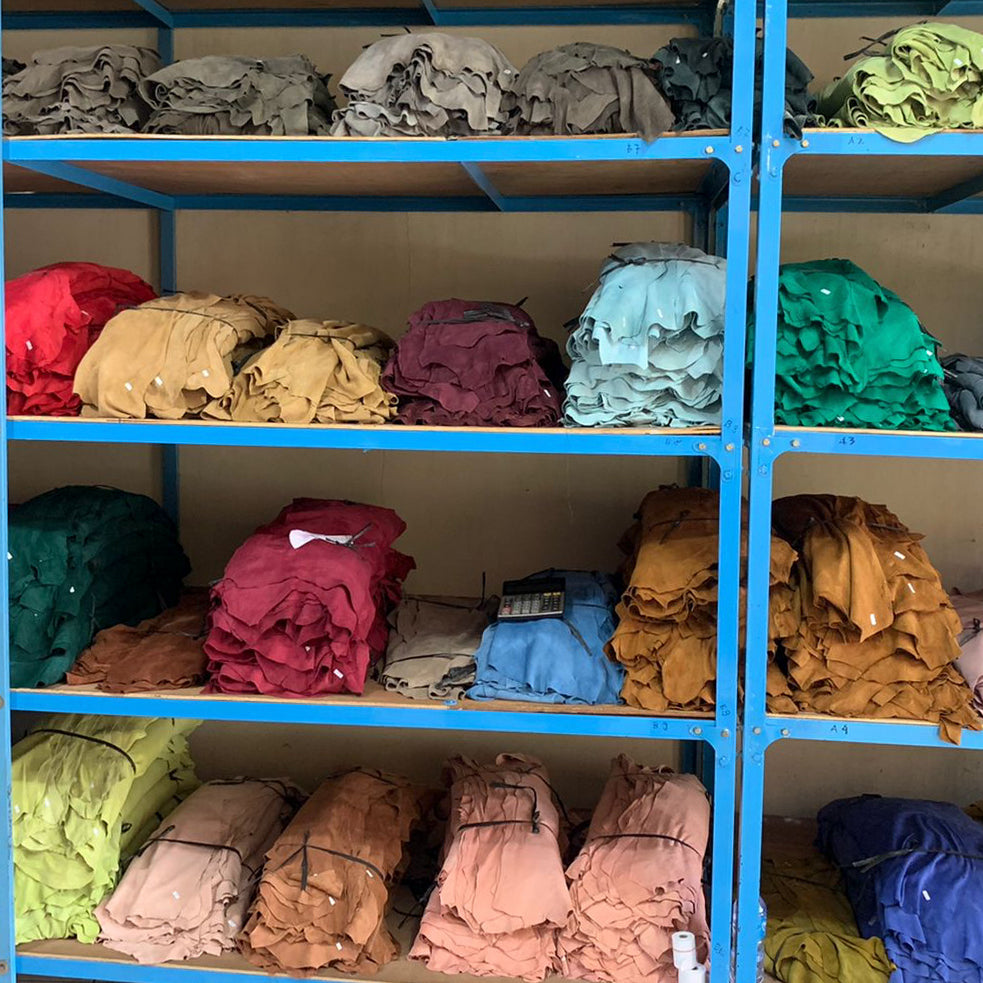
Leather’s full life cycle has a low carbon and water footprint when considering its durability and long-lasting qualities. Biodegradability has many definitions. Leather is tanned to become imputrescible which slows the degrading process. One of the major environmental advantages of leather is therefore that is lasts a long time and can be refurbished or if its useful life is ended, can be repurposed into other leather items. Leather articles that are well designed can normally be repaired, often many times, as it is rarely the leather which wears out. Leather can also be re-cycled. Leather fibre board has been used for more than 70 years as a material in footwear and sound boarding. Leather trimmings and tiny pieces often get used for stuffing heavy duty items like seating and punch bags.
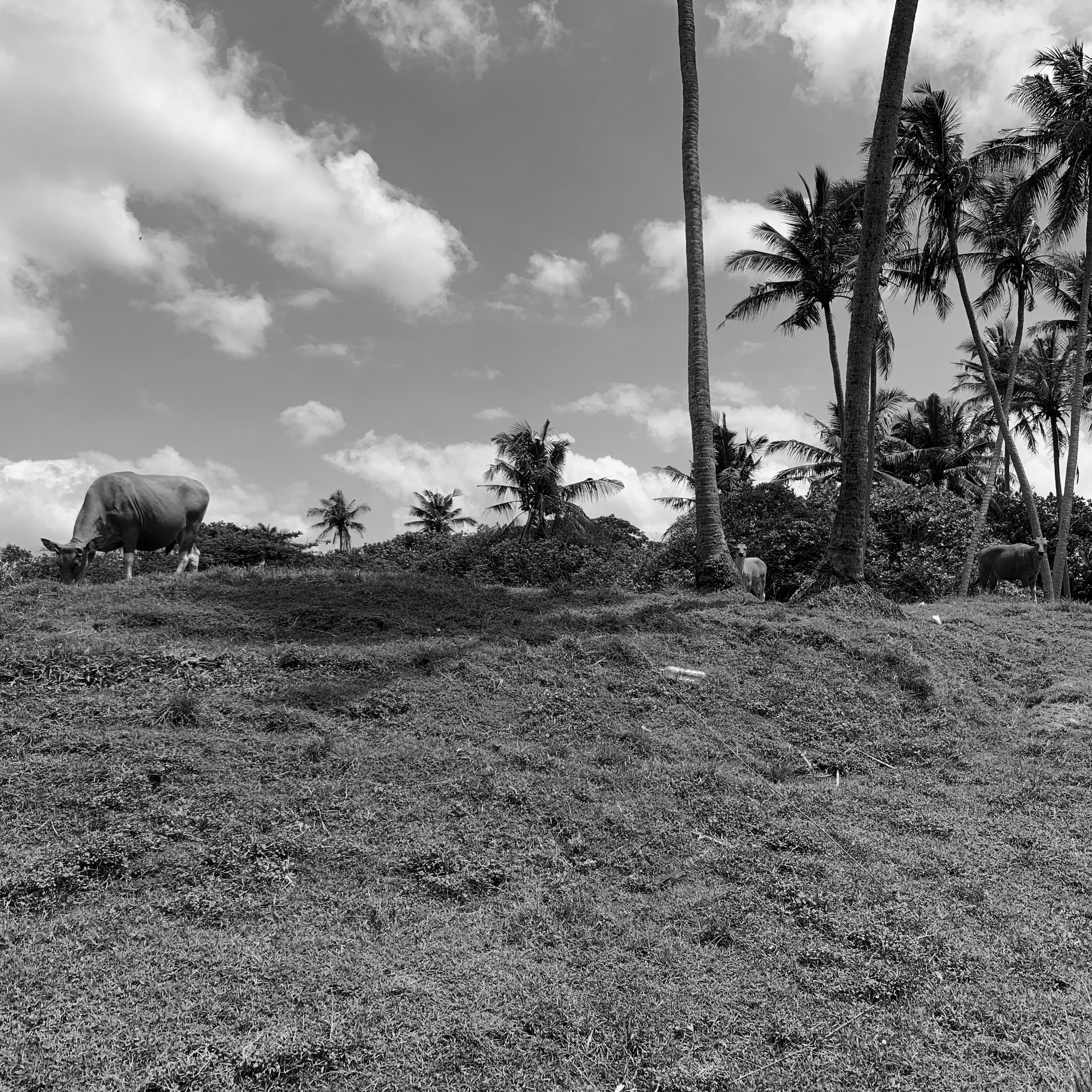
Background
The leather industry is a global one and good tanneries are found in both developed and less developed countries. The best manufacturers, regardless of location, care for their workers, have a high level of expertise and adhere to strong environmental principles. A principal advantage of using leather is that it is a sustainable material and it helps many poorer countries develop as almost every country has some livestock resources where value can be added locally to the hides and skins. Any such development should involve proper training and treatment of employees, safe handling of chemicals and full waste management.
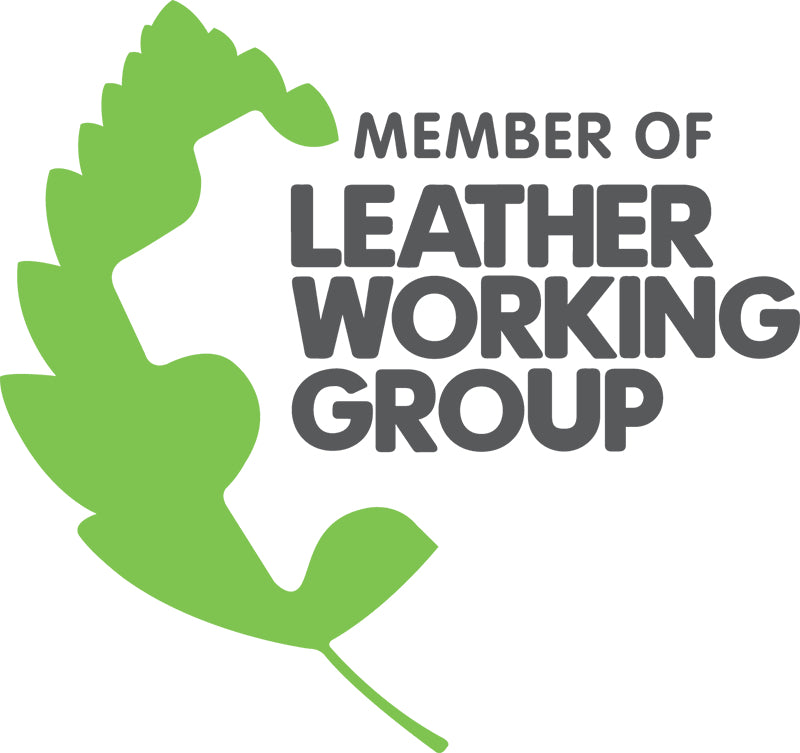
Smoochies has joined the Leather Working Group (LWG) which is made up of brands, retailers, product manufacturers, leather manufacturers, chemical suppliers and technical experts. LMG has developed an environmental audit standard that allows users and consumers to understand how their leather was made and handled. Smoochies will always be transparent about where our leather is sourced. Although we are currently working with small artisanal suppliers we still intend to conduct an in-person environmental audit and review of our entire supply chain within the first 12 months of launching.International standards and definitions, and in many cases national laws, prohibit the use of the word leather UNLESS it comes from an animal. Terms such as ‘Synthetic leather’, ‘Vegan leather’ or ‘Faux Leather’ are marketing terms that refer exclusively to manmade materials that are trying to imply the same attractive natural appearance, wear and long lasting qualities as real leather but lack few, if any, attributes of the real thing and fall far short in terms of sustainability.
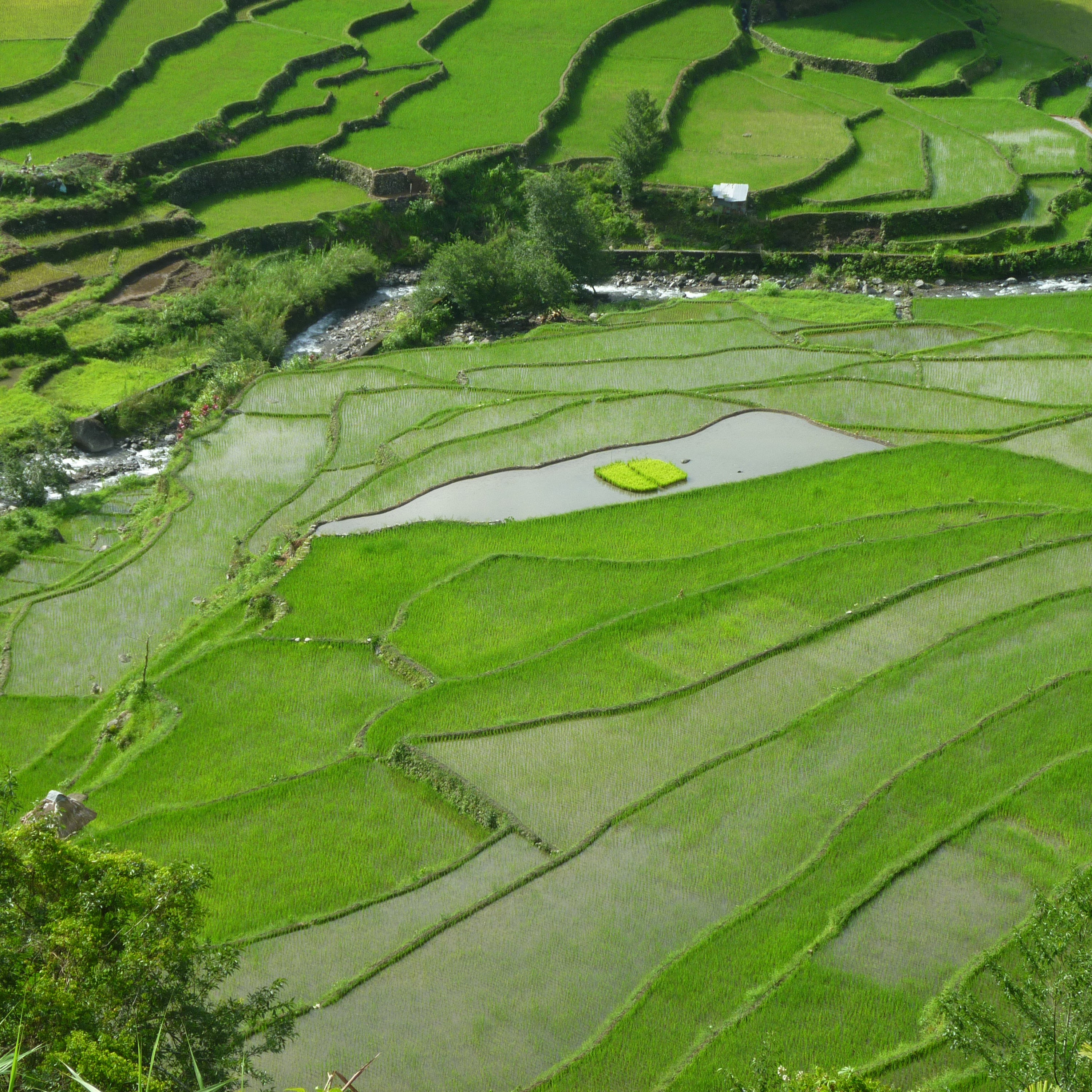
Learn More About Leather
Leather Working Group is a diverse group working to ensure the manufacture of leather is conducted transparently and safely with respect to working and environmental conditions. Its website www.leatherworkinggroup.com offers insight into the global leather industry.
Leather Naturally promotes the use of globally-manufactured sustainable leather. Its website www.leathernaturally.org is a key resource for information about modern leather manufacturing and the part it plays in a more sustainable society.
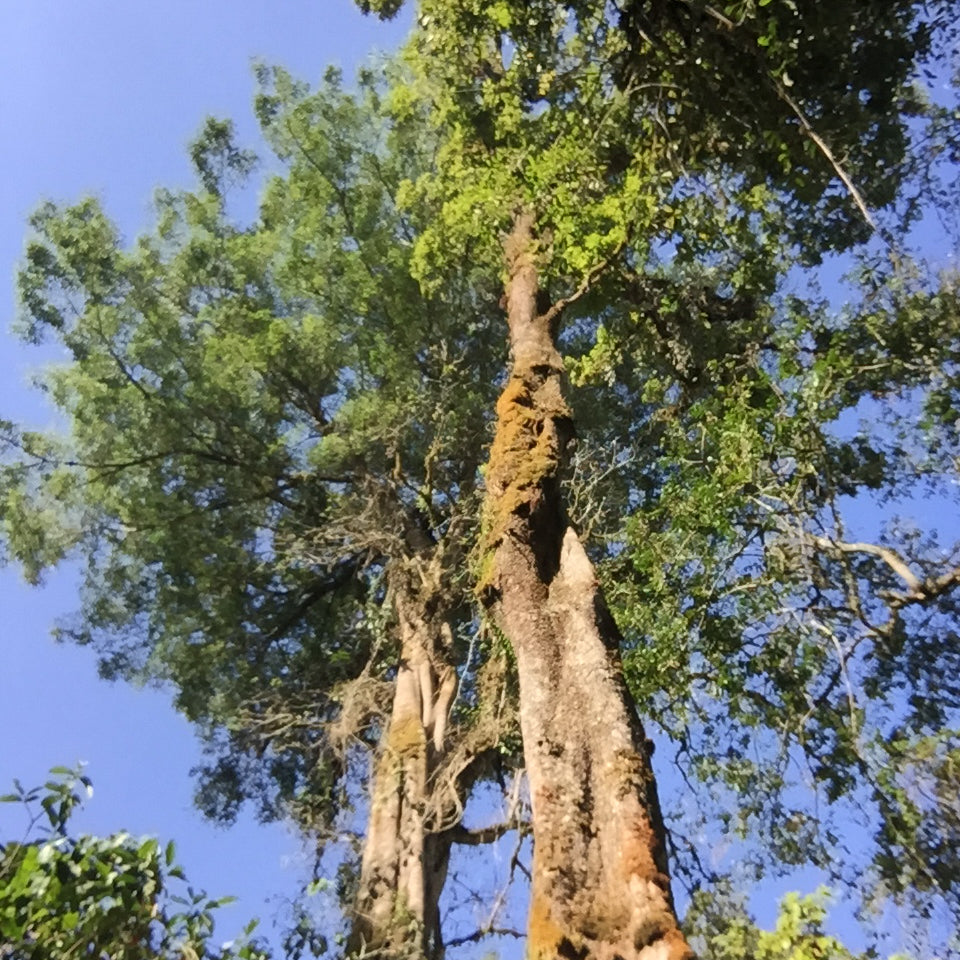
Q Does leather cause deforestation? NO
The global leather industry absolutely and vigorously opposes deforestation.Meat and dairy demand is increasingly being supplied by more efficient husbandry which requires fewer animals rather than any major growth in herds. Where forest land is apparently being taken for livestock the typical drivers are generally timber, mining or the growth of extensive crops like soya. Cattle are often put on deforested land initially as a tool intended to establish ownership. In fact, recent research indicates a need for more cattle on grassland to both economically and biologically preserve it rather than engage in single cropping.
 Search
Search